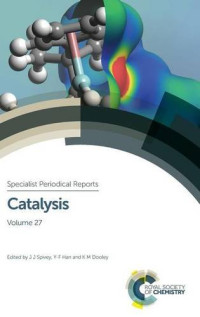
Catalytic science series. Volume 5. Supported Metals in Catalysis
Anderson J.A., Garcia M.F.
London: Imperial College Press, 2005. — 381 с. — ISBN 1-86094-490-6.CONTENTS
Preface
Preparation of Supported
Metal Catalysts
Guido Mul and Jacob A. Moulijn
Introduction
General Description of Preparation Methods
Impregnation
Case Studies
Impregnation: Preparation of Pt catalysts, the effect of the pre-treatment conditions
Precipitation vs. Impregnation by Ion-exchange: Au precursors, and the effect of the method of
preparation and selected support on performance in selective epoxidation of propene over
Au/TiO2 catalysts
Co-precipitation: Preparation of advanced CaCO3 supported Ag catalysts for propylene epoxidation by a novel co-precipitation route
General Conclusions on the Preparation of Metal Catalysts
Theoretical Description of the Metal-oxide
Interface by First Principle Methods
Introduction
Experimental Models and Techniques on Oxide Surfaces and Metal-oxide Interfaces
Theoretical Methods
Physical approaches to the metal-oxide interface
Methods of electronic structure calculation
Basis sets and related concepts
Approaches on the dynamics of the systems
Interaction of Metals with MgO (001)
Isolated atoms on MgO (001)
Metallic films on the MgO (001) surface
Interaction of metal atoms with point defects of the MgO(001) surface
Interaction of metal clusters with perfect and defective MgO(001)
Reactivity of metals on MgO
Other properties: Mobility of metals on oxides
Interaction of Metals with Other Faces of MgO and Other Alkaline-earth Oxides
Metal-support Interaction Involving Ionic Oxides with Complex Structures: The Case of the α-Al2O3 (0001) Surface
Interaction of Metal Atoms and Cluster with Covalent and
Semicovalent Oxide Surfaces
Conclusions
Characterisation of Supported
Metal Catalysts by Spectroscopic Techniques
Introduction
Main Properties of Monometallic Systems
Main Properties of Bimetallic Systems
In-situ Characterisation
XAFS spectroscopies
Vibrational spectroscopy
Valence and core photoelectron spectroscopies
Other techniques
Determination of Dispersion and Supported
Metal Crystallite Size
Introduction
General Considerations
Physicalmethods
Chemicalmethods
Recent Progress in Supported Metal Catalysed C1 Chemistry
Introduction
Fischer-Tropsch Synthesis
Methanol Production and Higher Alcohols from Syngas
Hydrogenation Reactions and Other Possibilities Aimed to
Reuse CO2
Hydroformylation of Olefins with Synthesis Gas
Catalysed Reactions Involving CH4
CH3OH to Hydrocarbons and to Other Intermediate
Compounds
Supported Metal Catalysts in Reforming
Introduction
Hydrogen pressure
Structural Requirements of Reforming Reactions
The Reforming Cycle Deactivation
Observed effect of parameters
Regeneration
Improvements to Yields and Life
The use of multimetallic catalysts in S/R
Alloys and clusters
Pt-Re structures
Pt-ReS
Pt-Ir, the rational scientific design
Parallel developments in quality/purity of alumina
Continuous catalyst regeneration
Pt-Sn
Monofunctional Zeolite-based Reforming
PtKL
The technological process
Conclusions
Supported Metals in the Production of Hydrogen
Introduction
Methane Conversion
Steam methane reforming
Carbon formation
Promoter effects
Methane decomposition
Nickel catalysts
Diamond-supported transition metals
Cobalt catalysts
Nature of the carbon by-product
Theoretical investigation
Partial oxidation and dry reforming of methane
Catalytic mechanism and heat exchange
Catalysts supports
Reaction intermediates
Promoting effects
Perovskite and hydrotalcite precursors
Alcohol Conversion
Methanol
Methanol decomposition
Methanol steam reforming
Partial oxidation of methanol
Autothermal reforming of methanol
Ethanol oxidation
Cobalt catalysts
Conversion of other Hydrocarbon Feeds
Supported Metals in Vehicle Emission Control
Introduction
Emissions Produced at Stoichiometric Conditions
Classical TWC
Modern TWC
New oxygen buffering oxides
The shift towards the use of palladium
Promotion of Pd by base metals
Lean-burn Emissions
Oxidation catalysts
Treatment of soot
Catalysts for selective reduction of NOx with hydrocarbons
Platinum group metal systems
Base metal systems
Practical approaches
Mixed Oscillating Emissions
NOx Storage and reduction catalysts
Catalysis for Fine Chemicals Manufacture
Introduction
Selective Hydrogenation over Supported Metal Catalysts
The hydrogenation of buta-1,3-diene over non-modified metal catalysts
The hydrogenation of buta-1,3-diene over modified metal catalysts
The hydrogenation of α, β-unsaturated aldehydes over non-modified metal catalysts
The hydrogenation of α, β-unsaturated aldehydes over modified metal catalysts
Selective Oxidation
Supported platinum-group metals
Supported gold and silver
Catalyst deactivation
EnantioselectiveReactions
Enantioselective hydrogenation of activated ketones over supported Platinum
Enantioselective hydrogenation over other supported metals
Conclusions
Index
Preface
Preparation of Supported
Metal Catalysts
Guido Mul and Jacob A. Moulijn
Introduction
General Description of Preparation Methods
Impregnation
Case Studies
Impregnation: Preparation of Pt catalysts, the effect of the pre-treatment conditions
Precipitation vs. Impregnation by Ion-exchange: Au precursors, and the effect of the method of
preparation and selected support on performance in selective epoxidation of propene over
Au/TiO2 catalysts
Co-precipitation: Preparation of advanced CaCO3 supported Ag catalysts for propylene epoxidation by a novel co-precipitation route
General Conclusions on the Preparation of Metal Catalysts
Theoretical Description of the Metal-oxide
Interface by First Principle Methods
Introduction
Experimental Models and Techniques on Oxide Surfaces and Metal-oxide Interfaces
Theoretical Methods
Physical approaches to the metal-oxide interface
Methods of electronic structure calculation
Basis sets and related concepts
Approaches on the dynamics of the systems
Interaction of Metals with MgO (001)
Isolated atoms on MgO (001)
Metallic films on the MgO (001) surface
Interaction of metal atoms with point defects of the MgO(001) surface
Interaction of metal clusters with perfect and defective MgO(001)
Reactivity of metals on MgO
Other properties: Mobility of metals on oxides
Interaction of Metals with Other Faces of MgO and Other Alkaline-earth Oxides
Metal-support Interaction Involving Ionic Oxides with Complex Structures: The Case of the α-Al2O3 (0001) Surface
Interaction of Metal Atoms and Cluster with Covalent and
Semicovalent Oxide Surfaces
Conclusions
Characterisation of Supported
Metal Catalysts by Spectroscopic Techniques
Introduction
Main Properties of Monometallic Systems
Main Properties of Bimetallic Systems
In-situ Characterisation
XAFS spectroscopies
Vibrational spectroscopy
Valence and core photoelectron spectroscopies
Other techniques
Determination of Dispersion and Supported
Metal Crystallite Size
Introduction
General Considerations
Physicalmethods
Chemicalmethods
Recent Progress in Supported Metal Catalysed C1 Chemistry
Introduction
Fischer-Tropsch Synthesis
Methanol Production and Higher Alcohols from Syngas
Hydrogenation Reactions and Other Possibilities Aimed to
Reuse CO2
Hydroformylation of Olefins with Synthesis Gas
Catalysed Reactions Involving CH4
CH3OH to Hydrocarbons and to Other Intermediate
Compounds
Supported Metal Catalysts in Reforming
Introduction
Hydrogen pressure
Structural Requirements of Reforming Reactions
The Reforming Cycle Deactivation
Observed effect of parameters
Regeneration
Improvements to Yields and Life
The use of multimetallic catalysts in S/R
Alloys and clusters
Pt-Re structures
Pt-ReS
Pt-Ir, the rational scientific design
Parallel developments in quality/purity of alumina
Continuous catalyst regeneration
Pt-Sn
Monofunctional Zeolite-based Reforming
PtKL
The technological process
Conclusions
Supported Metals in the Production of Hydrogen
Introduction
Methane Conversion
Steam methane reforming
Carbon formation
Promoter effects
Methane decomposition
Nickel catalysts
Diamond-supported transition metals
Cobalt catalysts
Nature of the carbon by-product
Theoretical investigation
Partial oxidation and dry reforming of methane
Catalytic mechanism and heat exchange
Catalysts supports
Reaction intermediates
Promoting effects
Perovskite and hydrotalcite precursors
Alcohol Conversion
Methanol
Methanol decomposition
Methanol steam reforming
Partial oxidation of methanol
Autothermal reforming of methanol
Ethanol oxidation
Cobalt catalysts
Conversion of other Hydrocarbon Feeds
Supported Metals in Vehicle Emission Control
Introduction
Emissions Produced at Stoichiometric Conditions
Classical TWC
Modern TWC
New oxygen buffering oxides
The shift towards the use of palladium
Promotion of Pd by base metals
Lean-burn Emissions
Oxidation catalysts
Treatment of soot
Catalysts for selective reduction of NOx with hydrocarbons
Platinum group metal systems
Base metal systems
Practical approaches
Mixed Oscillating Emissions
NOx Storage and reduction catalysts
Catalysis for Fine Chemicals Manufacture
Introduction
Selective Hydrogenation over Supported Metal Catalysts
The hydrogenation of buta-1,3-diene over non-modified metal catalysts
The hydrogenation of buta-1,3-diene over modified metal catalysts
The hydrogenation of α, β-unsaturated aldehydes over non-modified metal catalysts
The hydrogenation of α, β-unsaturated aldehydes over modified metal catalysts
Selective Oxidation
Supported platinum-group metals
Supported gold and silver
Catalyst deactivation
EnantioselectiveReactions
Enantioselective hydrogenation of activated ketones over supported Platinum
Enantioselective hydrogenation over other supported metals
Conclusions
Index
Categorias:
Idioma:
english
ISBN 10:
1860944906
ISBN 13:
9781860944901
Arquivo:
PDF, 7.99 MB
IPFS:
,
english0
 Amazon
Amazon  Barnes & Noble
Barnes & Noble  Bookshop.org
Bookshop.org  Converter ficheiros
Converter ficheiros  Mais resultados de pesquisa
Mais resultados de pesquisa Outros benefícios
Outros benefícios 
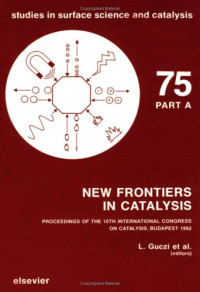
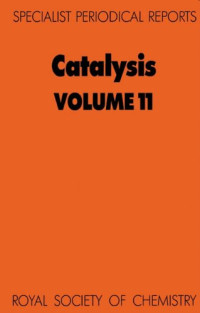

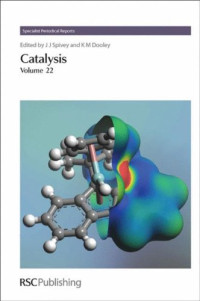
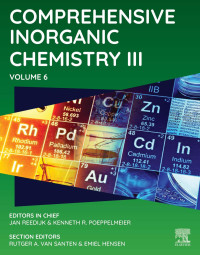

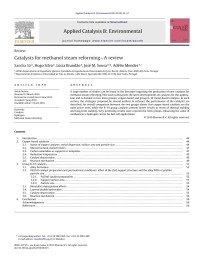
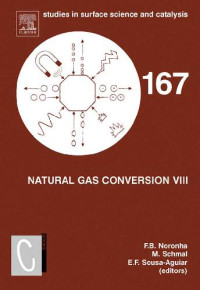
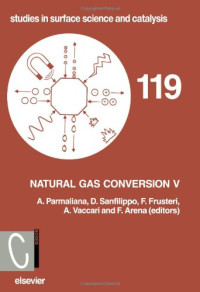
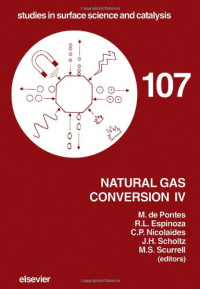

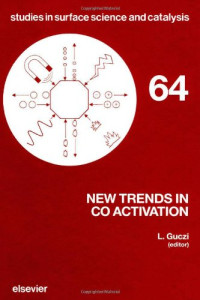
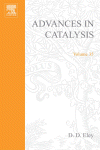
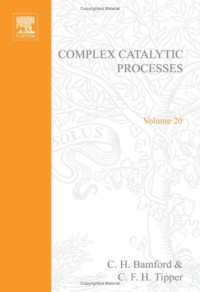
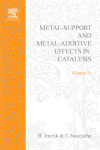
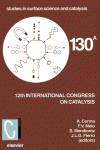

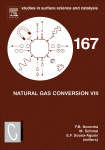

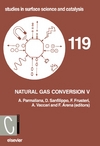
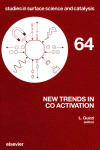

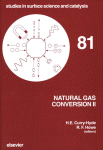

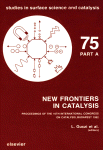
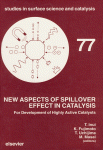
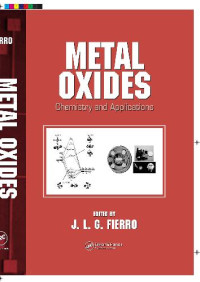
![C. Kemball, et al., — Catalysis [Splst Period'l Rpt Vol 02]](https://s3proxy.cdn-zlib.se/covers200/collections/genesis/ccf043903424094c526d4cc16909ea7e4c6be40b0f8f31e92aaeb27d6cbd71bb.jpg)
![G. Bond, et al., — Catalysis [Splst Period'l Rpt Vol 07]](https://s3proxy.cdn-zlib.se/covers200/collections/genesis/7b3c38fc85ff569336d9f42b635ad30cf70c770fefbf6bc469596dcd9ba5125d.jpg)
![J. Spivey — Catalysis [Splst Period'l Rpt Vol 09]](https://s3proxy.cdn-zlib.se/covers200/collections/genesis/2c9b084eeebc95c263d0814923f2f9053bbd6fc5de822e353ede2f3022e87753.jpg)
